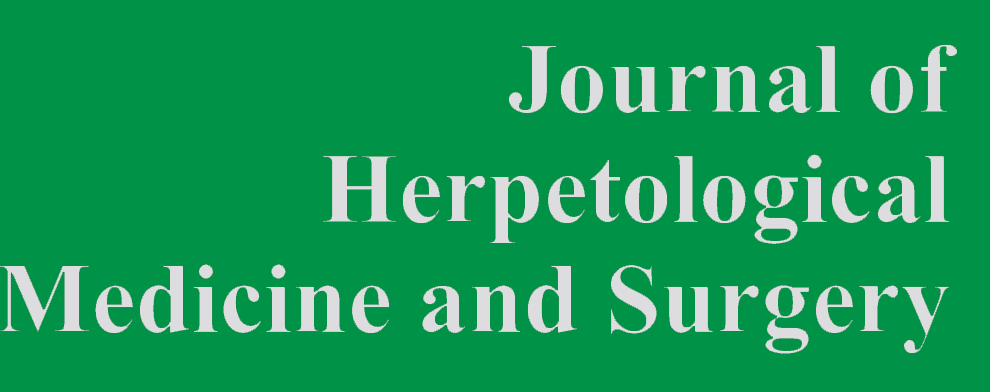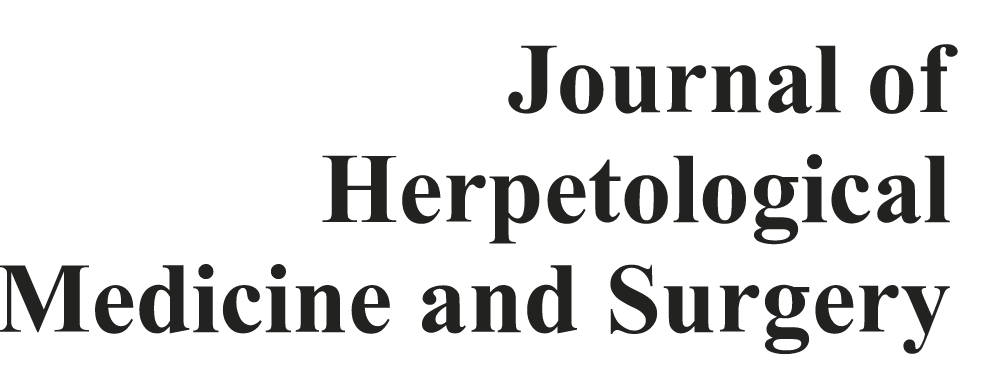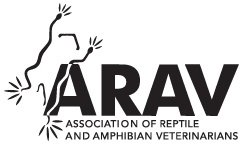Retrospective Evaluation of Bacterial Isolates from Clinically Ill Chelonians: 155 Cases
A wide variety of bacterial organisms can be cultured from captive reptiles and their environments; however, the pathogenicity of these organisms can be difficult to determine. One-hundred fifty-five aerobic bacterial cultures collected from affected sites of clinically ill chelonian patients (114 aquatic, 41 terrestrial) were reviewed and categorized into eight different anatomic locations based on culture site, yielding a total of 183 bacterial isolates. More than 50% of the samples collected were from the integument category (56.1%, 87/155), followed by joints (9.7%, 15/155) and the upper respiratory tract (9 %, 14/155). Integument (80.5%, 70/87), joint (93.3%, 14/15), ocular (100%, 8/8), and lower respiratory samples (100%, 8/8) were predominately collected from aquatic species, whereas upper respiratory samples were predominately collected from terrestrial species (85.7%, 12/15). Gram-negative bacteria predominated, representing 86.3% (158/183) of all isolates and more than 50% of all sampling locations. The most prevalent isolates were Pseudomonas (36%, 66/183) and Escherichia (10.9%, 20/183). Pseudomonas sp. were the most commonly isolated organisms from five of the eight sampling location categories. Pseudomonas and Escherichia were found to be most susceptible to fluoroquinolones and aminoglycosides, respectively. Varying levels of multiple antibiotic resistance were seen in all genera cultured.Abstract
Contributor Notes



